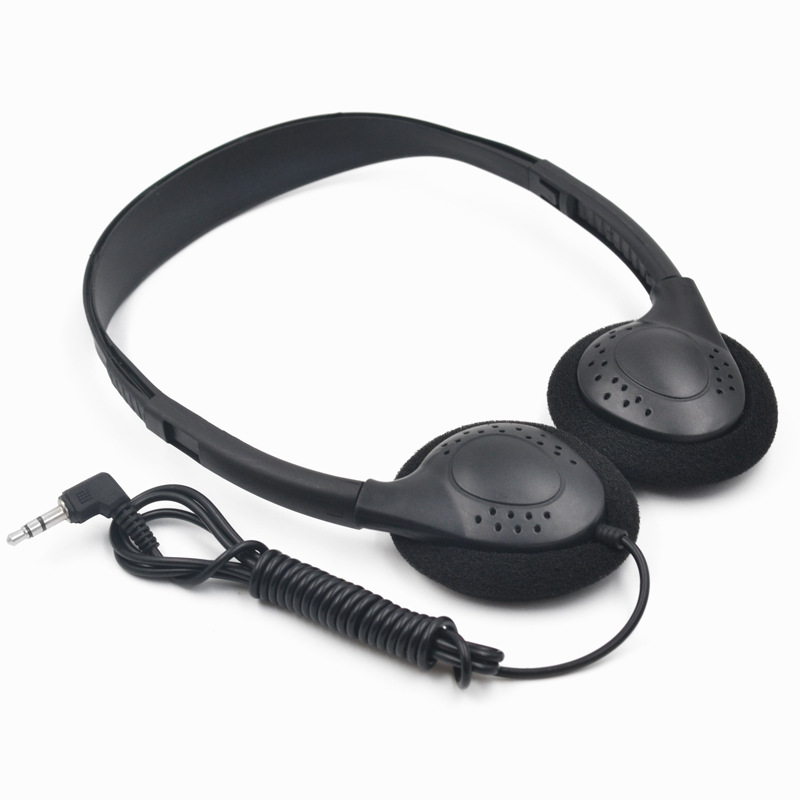Fibre Channel over Ethernet (FCoE) technology can compress Fibre Channel storage data and make it lead to Ethernet LAN (Local Area Network), eliminating the management and cost burden of separate storage networks in data centers. Now, let's discuss this technology with Dennis MarTIn, president of storage analysis company Demartek LCC!
What are the hardware requirements for deploying FCoE first? What are your recommendations and suggestions for optimizing FCoE deployment?
Generally speaking, FCoE needs a data center bridging (DCB) switch to extend traditional Ethernet, making it suitable for transporting storage traffic without losing data. Some (but not all) Ethernet vendors support the DCB function of 10 GbE switches. At the same time, a converged network adapter (CNA) is suitable for FCoE. CNA can be used for traditional Ethernet and Fibre Channel host bus adapters (HBA), and supports Ethernet and Fibre Channel at the same cable and at the same time. These CNAs are 10 Gbps in both Ethernet and Fibre Channel.
What software is required to deploy FCoE? How well do these software stacks adapt to FCoE?
We have been running FCoE since 2008, first on Windows systems. FCoE supports the latest versions of Linux, Solaris and other operating systems. Each CAN adapter has a driver that works in a suitable environment. And many CNA vendors use the same set of drivers for local Fibre Channel and FCoE. FCoE also supports VMware. Now, some people are trying to make FCoE reach the proportion of iSCSI in the operating system, but it depends on how many people buy it in the future.
Does FCoE meet the specific needs of the storage subsystem? What functions should the Fibre Channel subsystem pay attention to?
FCoE can support the storage subsystem locally, and some vendors have publicly stated that. NetApp has also implemented local FCoE support, as are other vendors. FCoE fabric must be able to support each other with local Fibre Channel fabric, FCoE must support all Fibre Channel functions. We tested the servers that let FCoE CAN connect to DCB / FCoE switches (their local Fibre Channel ports are also connected to the local Fibre Channel storage system) to see if they are operating as expected. At the storage system interface level, FCoE is equivalent to Fibre Channel operating at 10 Gbps. The only difference is that it connects DCB / FCoE switches instead of local Fibre Channel switches.
Do you have any suggestions on best practices for FCoE deployment?
FCoE, which I call "slow heating technology", should be considered when planning to deploy new data centers, new servers, or storage expansion. The biggest problem is that during the deployment of FCoE, Ethernet workers must be informed about storage networks, and storage workers must be informed about Ethernet, because the rules have not been the same until now. The wiring also needs to be considered. For example, the wiring of OM3 and OM4 is suitable for FCoE and 10 GbE, while Fibre Channel is suitable for faster speeds.
What management tools are suitable for FCoE storage? How well does FCoE support third-party data center management tools? Also, are management tools and storage subsystems better together?
DCB / FCoE switches have their own zoning interfaces, but mainly depend on the vendor. These interfaces are similar to their corresponding Fibre Channel interfaces. HBA / CAN vendors use the same management interface as previously used on adapters. Storage vendors that support FCoE will make the management interface almost the same as Fibre Channel.
Although we have not tested many third-party storage management software, for these management software, FCoE and Fibre Channel should be similar. The main difference is that FCoE storage will be connected to different switches instead of local Fibre Channel storage.
Aviation headphones are used in airplanes, cars, subways, etc., to facilitate passengers to listen to audio and watch videos to enjoy a pleasant journey.
The aviation earphones are mostly disposable, so the structure is extremely simple, the shape is relatively ordinary, the materials are small, and the annual usage is very large. The number of inquiry can reach several million or even tens of millions, so the cost is very cheap. earphones can cost as little as 10-15 cents. Therefore, they are disposed of as garbage after used, and passengers could take it away for personal use.
Styles can be divided into on ear headphones and in ear earphones.
Functional difference: power, impedance, and sensitivity etc. are also different. Airplane Headphone is mainly customized according to the equipment, place and user used. For example, 1 customer might require 300 ohms impedances , and other customers may need 32 ohms. For adults, the sensitivity may reach 100DB or more.To children, the sensitivity may be around 85-90 DB.
In addition, aviation headphones are not all disposable ones. Some first-class cabins need to be equipped with headphones with good noise reduction, sound quality and functions. So the price will be much more expensive.

Airline Headphones,Airline Earphones,Airplane Headphones,Airline Noise Cancelling Headphones
Shenzhen Linx Technology Co., Ltd. , https://www.linxheadphone.com
![<?echo $_SERVER['SERVER_NAME'];?>](/template/twentyseventeen/skin/images/header.jpg)